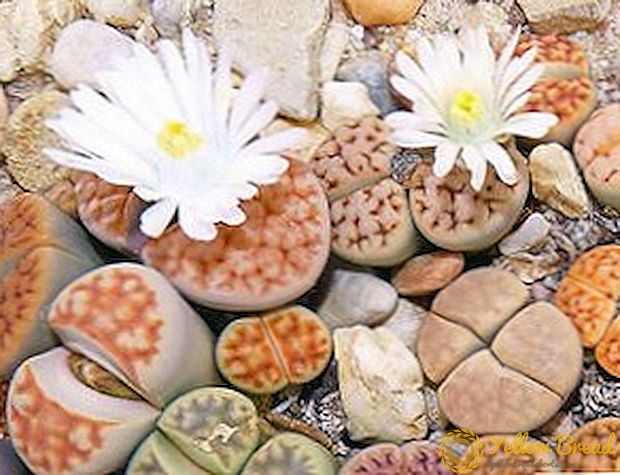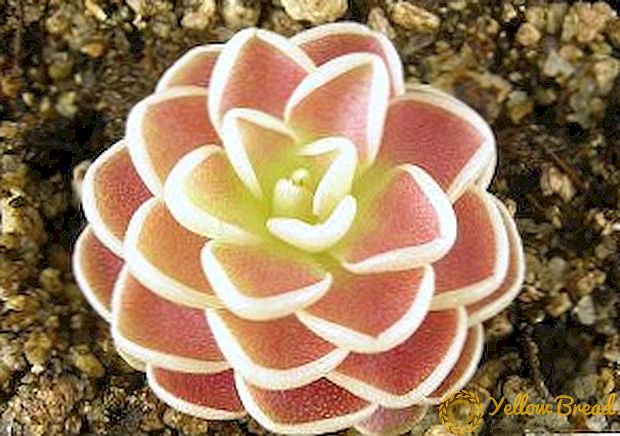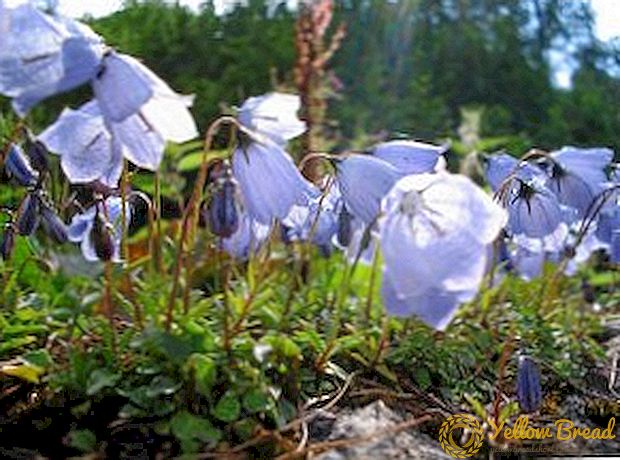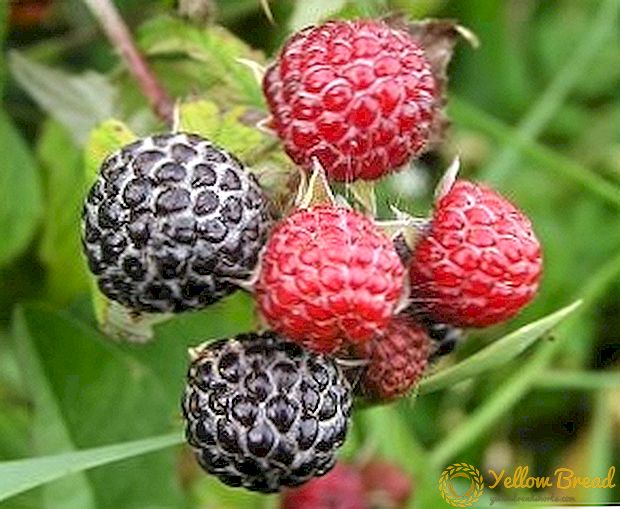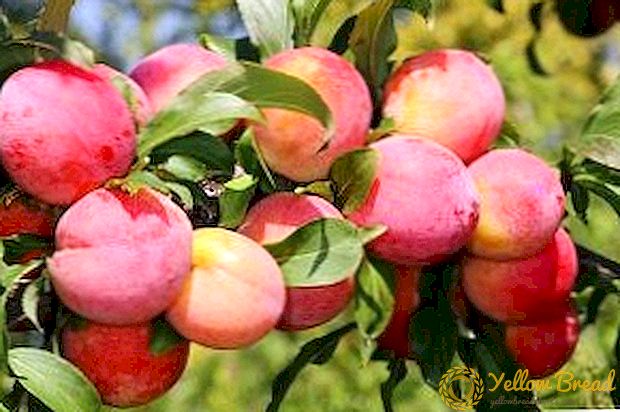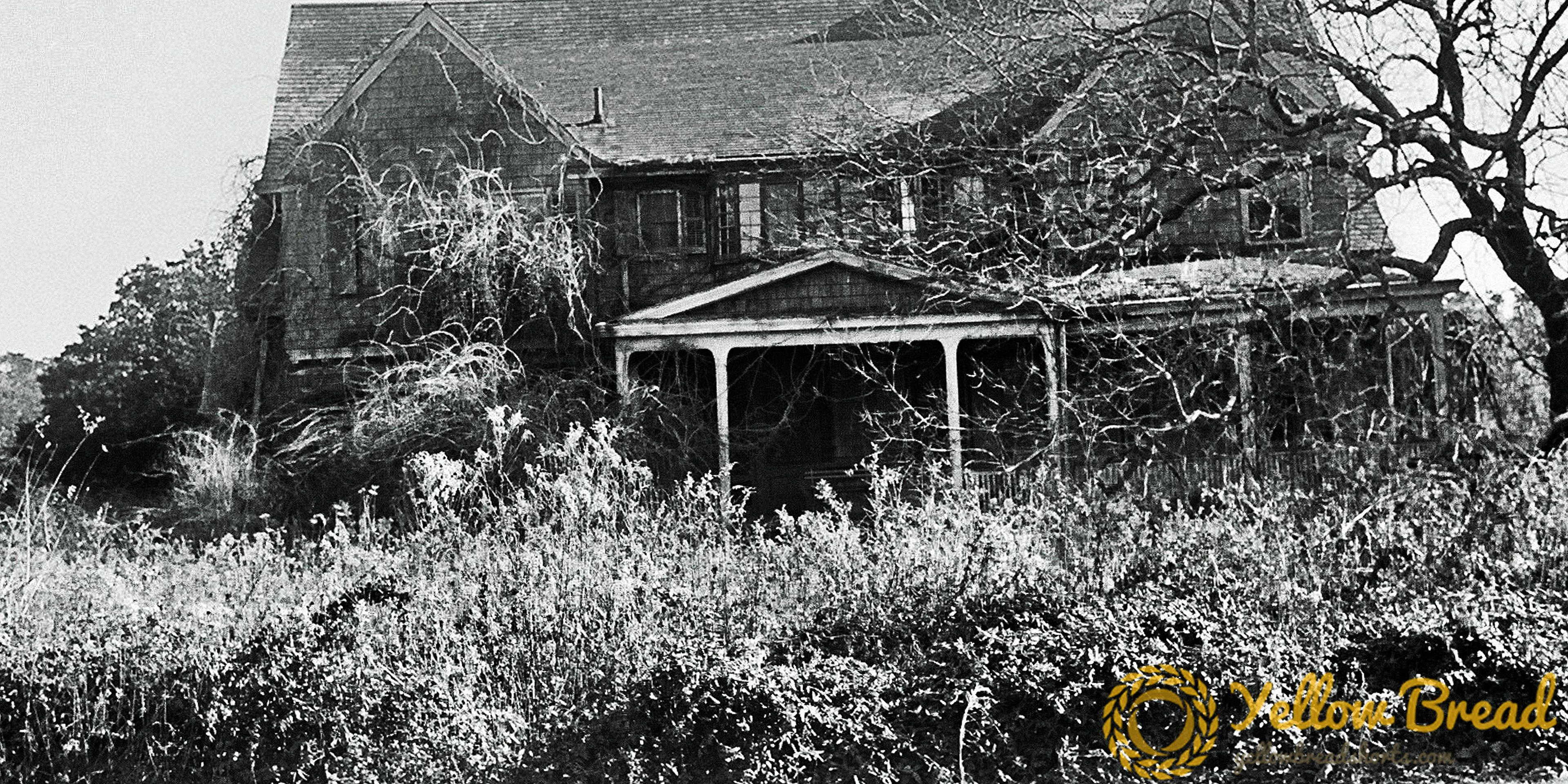 Gerbera is a perennial plant of the Compositae family. There are many varieties of gerbera, which differ in color, terry and type of inflorescence. Let's look at the questions about how many gerberas bloom, how to plant and care for them.
Gerbera is a perennial plant of the Compositae family. There are many varieties of gerbera, which differ in color, terry and type of inflorescence. Let's look at the questions about how many gerberas bloom, how to plant and care for them.
- The most popular garden gerbera varieties
- Rules for planting seeds in open ground
- Growing conditions for garden gerbera
- Reproduction of garden gerbera
- Gerbera application
- How to save cut gerbera flowers in a vase longer
- How the garden gerbera winters
- Gerber Diseases and Pests
The most popular garden gerbera varieties
Today, 80 varieties of this beautiful flower are known. Most of them belong to the two main plant species: the Jameson gerbera and the green-leaved gerbera. In homes on window sills, it is customary to grow a dwarf variety of the Jamesa gerbera. This variety is also used to create bouquets.
Most Popular Gerbers: 
- white flowering varieties with large buds and flowers with emerald green - Labiloza, Maria, Symphony;
- a variety of red shades represented by varieties Mars, Romeo, Robin, Alamak;
- if you want to decorate your garden with a delicate pink inflorescence, then pay attention to the varieties Aldebaran, Migar, Viola, Vera;
- small and tender sun can be grown from varieties Jupiter, Kalinka and Malena.
Rules for planting seeds in open ground
Gerbera can be propagated by dividing the bush or seeds. Growing gerberas in the open field can only be done by dividing the bush. With the help of seeds, you can sow only seedlings, because if you sow the seeds immediately in open ground, they will not have time to grow to cold weather and die.
Begin to sow them in early April. Sowed seeds sprinkled with substrate or peat. At first, seedlings should preferably be placed in a mini greenhouse, and when the first leaves appear, it can be removed. The grown seedlings are planted in open ground in warm weather. Only in this way can gerbera grow from seed at home.
Growing conditions for garden gerbera
 Gerbera loves moisture and heat. Strongly resistant to frost, the flower is an annual. To understand how to grow gerberas at home, it is important to know at what time it is best to plant a gerbera. The best time for planting a flower can be considered the mid-end of spring, when the frosts have finally passed.
Gerbera loves moisture and heat. Strongly resistant to frost, the flower is an annual. To understand how to grow gerberas at home, it is important to know at what time it is best to plant a gerbera. The best time for planting a flower can be considered the mid-end of spring, when the frosts have finally passed.
If you plant a flower later, you risk reducing its flowering time. An important factor is the landing site. It is important to protect the gerbera from drafts and strong winds. Plot with flowers should be well lit by the sun throughout the day. From the number of direct sunlight depends on the growth and flowering plants.
The soil for gerbera growth should be nutritious and light. A mixture of peat, sand and leaf turf is perfect, you can add a bit of crushed pine bark. You can use a special gerbera soil or a soil for roses. Gerbera needs good watering during bud formation and leaf growth. But as soon as the first flowers appear, watering should be reduced. Constantly monitor the condition of the soil - the gerbera does not accept overmoistening or excessive dryness.
Reproduction of garden gerbera
Let's figure out how to propagate the gerbera at home. There are three ways: 
- Cuttings. For this, young shoots are formed on the bush. To do this, scrub the bush, wash it, and cut off a sheet rosette. Next, they are placed in a greenhouse. Two weeks later, from the axillary buds, you get young shoots, which later become the basis for cuttings.
- The division of the bush. This method is considered basic. In the spring they dig up a bush and divide it into shoots, leaving a few leaves on each. Each shoot is planted in the ground, leaving a centimeter ledge with a rosette on the surface.
- With the help of seeds or ready seedlings. You already know how to plant gerberas using seeds, but let's look at it in more detail. Seeds before planting should be soaked in water. You can put them on a well-dampened gauze. Do not let the seeds dry out. After a few days, the seeds begin to spit, which means that you can transplant them into the ground. Next is the semblance of a greenhouse, and after the seedlings are planted in open ground.
Gerbera application
Although the popularity of the gerbera is not as high as in previous years, it is still used very often. The plant is actively used in floristics as the main flower, constructing around him striking compositions and bouquets, or extra, emphasizing his beauty and irresistible ready-made bouquets. A bouquet of gerberas is perfect for a gift for both man and woman. Gerbera is used as an element of decor. Massive, large with a unique basket of inflorescences beyond recognition transform the room.
The undoubted advantage of the gerbera is a delicate smell, which allows you to grow a flower at home, even for allergies and asthmatics, without fear of seizures.
How to save cut gerbera flowers in a vase longer
 So that gerberas could please you with their appearance and aroma for a long time, you can carry out some simple manipulations. First of all, no need to prune flowers with shears. This will squeeze the vessels in the stems, from which the flower will not be able to be well fed with water.
So that gerberas could please you with their appearance and aroma for a long time, you can carry out some simple manipulations. First of all, no need to prune flowers with shears. This will squeeze the vessels in the stems, from which the flower will not be able to be well fed with water.
Using a sharp knife, cut the gerbera at an angle. For a flower to stand for a long time, you need to make the stems as short as possible. Since the flower stalks are heavy enough, try to do so that the stems do not reach the bottom. In this case, the flower heads will not put pressure on them. Every few days, prune the stems - this will provide the best nourishment to the plant.
If you constantly change the water in the vase, the cut gerbera will last more than 20 days. During this period, it will not wither and will not lose a single leaf. If you resort to a little trick - add an aspirin pill to the water - then she can safely stand for more than a month.
How the garden gerbera winters
Gerbera frost is certain death. If you want to save the flower, then at the end of September you need to dig a gerbera. It is dug together with an earthen clod and immediately transplanted into a pot. This is the perfect time when you can transplant a gerbera. In winter, the gerbera is put in a dry cool place. An ideal place for wintering will be the basement. If there is no basement, then place the flower in a dark, cool place. You can return it to the garden immediately after a convincing warming.
Gerber Diseases and Pests
 During that time, how many gerberas bloom, they don’t get sick often, and if you find symptoms of a disease, then know that you are caring for it wrong. Gerbera can damage viral and fungal diseases.
During that time, how many gerberas bloom, they don’t get sick often, and if you find symptoms of a disease, then know that you are caring for it wrong. Gerbera can damage viral and fungal diseases.
Another common disease of gerbera is mosaic. Leaves are covered with light green or yellow spots. If you do not start treatment in time, the flower may die. It can infect through aphids. For the treatment using a solution of insecticides. Young flowers are subject to appearance powdery mildew. The leaves are covered with a gray-white bloom. The disease progresses rapidly, the leaves dry out and the flower dies. For treatment you need to use Topaz or Fundazol.
Gray rot like powdery mildew, it appears as a raid on the leaves. However, because of the rot in the flower, the roots begin to rot, and it dies. You can save the flower with the help of the same Fundazola or Roval.

